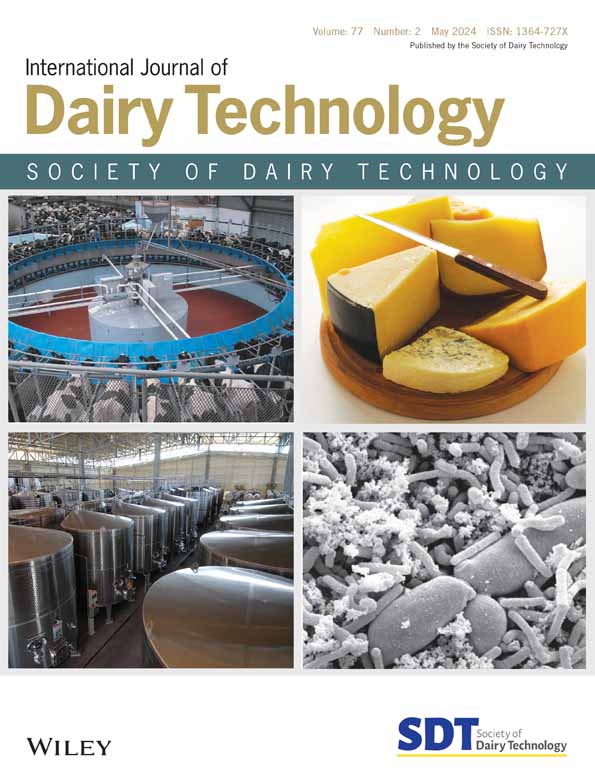Understanding the causes and consequences of variability in the compositional quality of milk
Several factors are known to have an impact on the compositional quality of raw milk, which in turn has direct implications on the technological properties and overall quality of dairy products such as cheese, yoghurt and butter. Research on the factors impacting milk components spans over the course of more than 150 years and has been instrumental in improving our capacity of providing human diets with high-quality, nutrient-dense dairy.
As a cornerstone of human nutrition across cultures, dairy products serve as a vital source of essential nutrients that support growth, development and overall well-being. From infancy to adulthood, dairy can play a crucial role in providing key nutrients including complete proteins, bioactive lipids, essential vitamins and minerals. Beyond the potential impact on nutrient availability in human diets, variability in milk composition can also have important effects on the downstream quality for processing and storage, including oxidative stability, sensory properties (e.g., colour and flavour) and coagulation properties for cheesemaking.
The Global Agricultural Productivity report of 2023 highlights the need for continuous innovation to improve production efficiency in order to meet the demand for agricultural output, including dairy, which, based on current global population growth trends, is expected to double by the Year 2050. This is compounded by the fact that as global populations continue to rise above extreme poverty, purchasing power and demand for high-quality foods will likely increase. For these reasons, current and new hubs of dairy production will be needed to keep up with demand via the implementation of novel sustainable practices capable of minimising environmental impact while maximise animal health, well-being and consequently, their longevity in the herd.
Optimising novel practices for sustainable milk production will also need to prioritise the preservation or enhancement of the compositional quality of milk. Although several factors, such as cow genetics, environment and feeding practices, can have important effects on milk quality, the latter is considered more likely to exert changes in the short term, and thusly has been extensively studied. For instance, feeding practices that maximise production efficiency can sometimes have negative effects on milk components. A classic example of this negative association is the onset of milk fat depression, which is typically observed in animals that are fed energy-dense diets, such as those containing a high proportion of rapidly fermentable carbohydrates (e.g., starch in corn) and/or lipid sources rich in polyunsaturated fatty acids (PUFA; e.g., marine and vegetable oils). Decades of research in this specific topic have yielded an abundance of mechanistic data characterising the impact of dietary nutrients on ruminal lipid metabolism, directly affecting intermediary metabolism and mammary lipid synthesis. On the opposite side of the equation, increasing dietary energy by replacing dietary carbohydrates and PUFA with saturated fatty acids (e.g., C16:0) not only minimises the potential for negative impact on ruminal function but provides a substrate to improve milk fat yields. Of note, such practices may moderately impact the fatty acid profile of milk and dairy, and their influence on the technological properties of products such as cheese and butter has been the subject of recent research. Unsurprisingly, the manipulation of milk lipid content and composition is a fertile area of research, as not only does it influence technological properties but can also have direct implications on providing human diets with bioactive compounds associated with improved health outcomes.
The ensemble of papers selected herein is composed of past issues of the International Journal of Dairy Technology and includes 15 research and 12 review papers covering the topics discussed above. This selection reflects some of the contributions of the global scientific community, with studies originated in the Americas, Europe, Asia and Africa. We expect to remind readers not only of the importance of dairy consumption in healthy diets for humans but also of the importance of current production practices on the overall quality of dairy.
The Journal's Editorial team encourages submission of papers investigating the impact of nutritional and non-nutritional factors that may impact the compositional quality and sensory properties of milk and dairy products.




